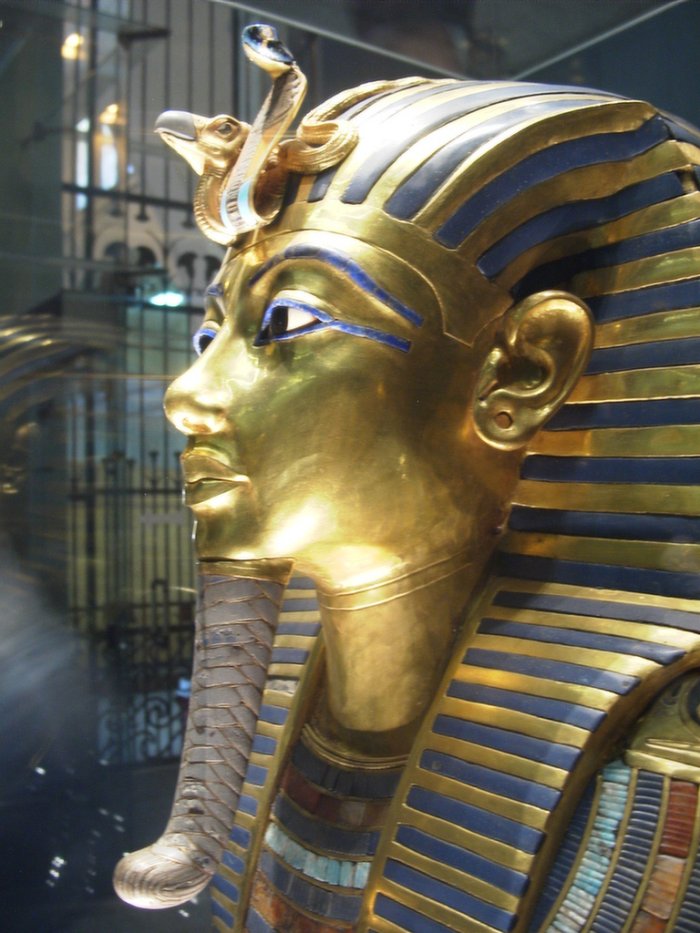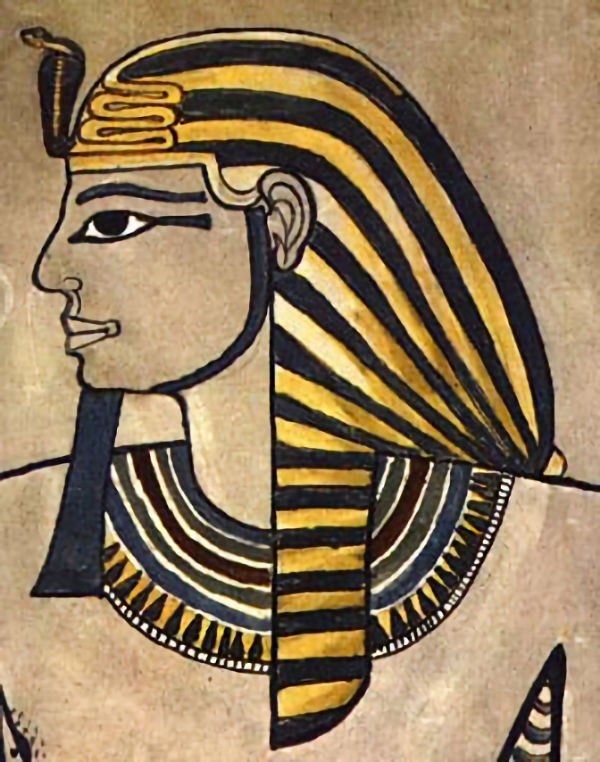Uraeus – Sacred Emblem That Symbolized Sovereignty, Royalty, Deity And Divine Authority In The Land Of Pharaohs
A. Sutherland - AncientPages.com - The king wore the Uraeus on a wreath or on his crown during the Middle Kingdom. It symbolized legitimacy to the ruler and was represented by a rearing cobra with an inflated hood.
It is also of great importance to certain symbols how they are placed. Therefore, the vertical positioning and higher elevation of the emblem – in this case, that of Uraeus, means - spiritual superiority.
Uraeus on the forehead of Tutankhamun's mask. (Yippie~commonswiki - Photo: Erik Hooymans - CC BY-SA 2.5
Generally, the emblem of Uraeus (from the Greek: 'Ouraios - at its end"), is a stylized, simple form of the Egyptian cobra, symbolizing sovereignty, royalty, deity, and divine authority in Ancient Egypt.
The Pharaohs wore it as a head ornament: either with the body of the goddess Wadjet on top of the head or as a crown encircling the head. It indicated the protection of Wadjet and strengthened the pharaoh's claim to the country. While placed on the Pharaoh's head, the Uraeus was part of the ruler's crown.
The Uraeus of Egyptian rulers, positioned on the forehead, expressed the spiritualization of the inner force, the importance of which is significant in Tantrist Yoga.
As worn on the head, this powerful object dates back to the tradition of the tribes in ancient Libya. Still, in ancient Egypt, the Uraeus's power focused on the Pharao, giving him protection.
In myths, the snake had many associations with great mythological symbols like the Eye of Ra, the Eye of Horus, and the crown of Lower Egypt. Its importance is associated with the Sun God, Ra, and its omnipotence. The emblem was Ra's guardian, always ready to spit poison at his enemies.
Uraeus And Close Associations With Goddesses
The Uraeus was also associated with Hathor, Bastet, Sakhmet, Tefnut, and sometimes Nekhbet of Upper Egypt, which we know as the vulture goddess usually depicted as a cobra.
The Uraeus was a hieroglyphic sign for "Goddess," derived from the Serpent Mother, one of Egypt's oldest deities, known as Uatchet, Uachit, or Ua Zit. The Greeks recognized her as Buto ('the Green One') due to her connection to the sacred city Per Uto. Uto was the patron goddess of Lower Egypt and the counterpart of the Upper-Egyptian goddess Nekhbet.
Amenhotep II Uraeus from KV35, East Valley of the Kings, Luxor, Egypt. Credit: Public Domain
And again, Uto and the vulture Goddess Nekhbet represented cycles of birth and death and beginning and ending.
The goddess Wadjet, one of the earliest Egyptian deities who protected Lower Egypt was depicted as a 'Cobra-Uraeus,' and also, Isis gained the throne of Egypt for her husband, Osiris with this sacred emblem.
Without any doubt, the Uraeus symbolizes the raised serpent. It's worth noting that the Kundalini is often depicted as a serpent that is the universal symbol of strength transformed into spirit or an aspect of power.
Juan Eduardo Cirlot Laporta, Spanish poet, art critic, and mythologist, wrote that Carl Gustav Jung (1875 – 1961) suggested that the Egyptian Uraeus is the visible expression of the Kundalini on a higher plane.
The Uraeus is the most precious ornament of the royal headdress, and its use as a royal symbol dates back to the most ancient representations of the ruler in ancient Egypt. Although it is not displayed on every image of a pharaoh, especially in Egypt's early dynasties, it remains omnipresent until Roman times.
The Uraeus's appearance changed with time. Its markings and design varied considerably during the three thousand years of use in the Land of the Pharaohs.
However, the emblem's primary form of an erect cobra with an extended hood never changed or was modified.
It was often worn on the foreheads of deities and rulers in the position of the "third eye" of insight, and thus, it stood for royal spirit, healing, and wisdom.
Written by – A. Sutherland - AncientPages.com Senior Staff Writer
Copyright © AncientPages.com All rights reserved. This material may not be published, broadcast, rewritten or redistributed in whole or part without the express written permission of AncientPages.com
Expand for referencesReferences:
Cirlot, J. E.. A Dictionary of Symbols
Walker, Barbara G. The Woman's Dictionary of Symbols and Sacred Objects
Nozedar, Adele. The Element Encyclopedia of Secret Signs and Symbols
More From Ancient Pages
-
 Ancient DNA Solves The Mystery Of Mitochondrial Eve And Human Evolution?
Archaeology | Sep 21, 2022
Ancient DNA Solves The Mystery Of Mitochondrial Eve And Human Evolution?
Archaeology | Sep 21, 2022 -
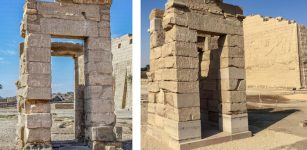 Ancient Egyptian Monuments Threatened By Climate Change Restored By Oriental Institute
News | Mar 9, 2023
Ancient Egyptian Monuments Threatened By Climate Change Restored By Oriental Institute
News | Mar 9, 2023 -
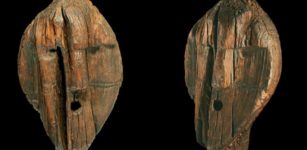 Does The Shigir Idol Depict Demons And Evil Spirits?
Archaeology | May 3, 2018
Does The Shigir Idol Depict Demons And Evil Spirits?
Archaeology | May 3, 2018 -
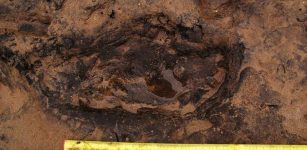 Rare Ancient Human Footprints Found On Gower Peninsula, Wales Are 7,000 Years Old
Archaeology | Mar 8, 2017
Rare Ancient Human Footprints Found On Gower Peninsula, Wales Are 7,000 Years Old
Archaeology | Mar 8, 2017 -
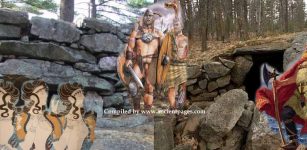 Riddle Of Mystery Hill: Who Built America’s Stonehenge?
Featured Stories | May 10, 2020
Riddle Of Mystery Hill: Who Built America’s Stonehenge?
Featured Stories | May 10, 2020 -
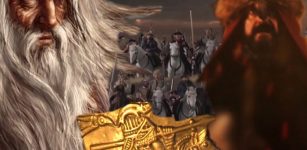 Surprising Connection Between Norse God Odin And Attila The Hun Revealed
Featured Stories | Dec 8, 2020
Surprising Connection Between Norse God Odin And Attila The Hun Revealed
Featured Stories | Dec 8, 2020 -
 On This Day In History: Ueshiba Morihei, The ‘Founder of Aikido’ Was Born – On Dec 14, 1883
News | Dec 14, 2016
On This Day In History: Ueshiba Morihei, The ‘Founder of Aikido’ Was Born – On Dec 14, 1883
News | Dec 14, 2016 -
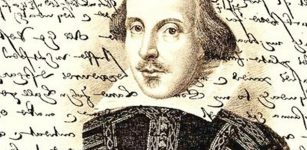 A New William Shakespeare First Folio discovered on Isle of Bute, Scotland
Archaeology | Apr 10, 2016
A New William Shakespeare First Folio discovered on Isle of Bute, Scotland
Archaeology | Apr 10, 2016 -
 Denisovan Family Tree: New Branches Revealed In Ancient DNA
Archaeology | Apr 12, 2019
Denisovan Family Tree: New Branches Revealed In Ancient DNA
Archaeology | Apr 12, 2019 -
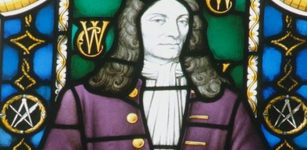 Sir Christopher Wren – Genius Mind Of Most Influential British Architect Of All Time
Featured Stories | Feb 22, 2016
Sir Christopher Wren – Genius Mind Of Most Influential British Architect Of All Time
Featured Stories | Feb 22, 2016 -
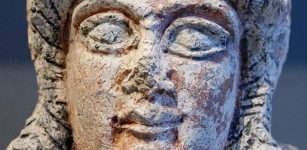 Ancient Mesopotamian City Discovered And Identified As Xarab-i Kilashin
Archaeology | Jul 11, 2017
Ancient Mesopotamian City Discovered And Identified As Xarab-i Kilashin
Archaeology | Jul 11, 2017 -
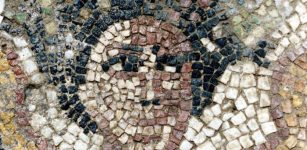 Floors In Ancient Greek Luxury Villa Were Laid With Recycled Glass
Archaeology | Jul 25, 2022
Floors In Ancient Greek Luxury Villa Were Laid With Recycled Glass
Archaeology | Jul 25, 2022 -
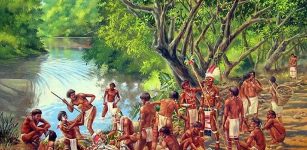 Taíno Indians Are Not Extinct – Ancient Tooth Reveals Indigenous Americans Still Have Living Descendants In The Caribbean
Archaeology | Feb 21, 2018
Taíno Indians Are Not Extinct – Ancient Tooth Reveals Indigenous Americans Still Have Living Descendants In The Caribbean
Archaeology | Feb 21, 2018 -
 Idol Of Pachacamac Inca God Reveals Its Colors
Archaeology | Jan 21, 2020
Idol Of Pachacamac Inca God Reveals Its Colors
Archaeology | Jan 21, 2020 -
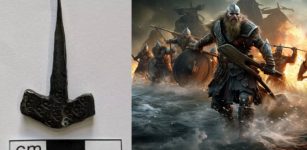 Thor’s Hammer Pendant Found In Norfolk May Be Linked To The Great Heathen Army
Archaeology | Oct 24, 2023
Thor’s Hammer Pendant Found In Norfolk May Be Linked To The Great Heathen Army
Archaeology | Oct 24, 2023 -
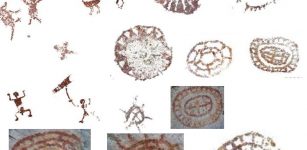 Large Collection Of At Least 2,500-Year-Old Cave Paintings Discovered In Indonesia
Archaeology | Dec 17, 2017
Large Collection Of At Least 2,500-Year-Old Cave Paintings Discovered In Indonesia
Archaeology | Dec 17, 2017 -
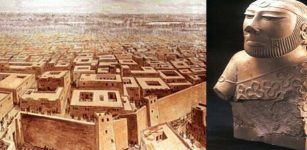 Controversial Ancient History Of Harappa And Mohenjo Daro – Advanced Indus Valley Civilization Pre-Dates Egypt’s Pharaohs And Mesopotamia
Civilizations | Apr 15, 2017
Controversial Ancient History Of Harappa And Mohenjo Daro – Advanced Indus Valley Civilization Pre-Dates Egypt’s Pharaohs And Mesopotamia
Civilizations | Apr 15, 2017 -
 Oldest case of leukemia found on 7,000-Year-old skeleton
News | Aug 23, 2015
Oldest case of leukemia found on 7,000-Year-old skeleton
News | Aug 23, 2015 -
 On This Day In History: Battle of Devil’s Hole Was Fought – On Sep 14, 1763
News | Sep 14, 2016
On This Day In History: Battle of Devil’s Hole Was Fought – On Sep 14, 1763
News | Sep 14, 2016 -
 Human Footprints Of People Who Used Caves Of Ojo Guareña, Burgos 4600 Years Ago
Archaeology | Mar 11, 2021
Human Footprints Of People Who Used Caves Of Ojo Guareña, Burgos 4600 Years Ago
Archaeology | Mar 11, 2021

